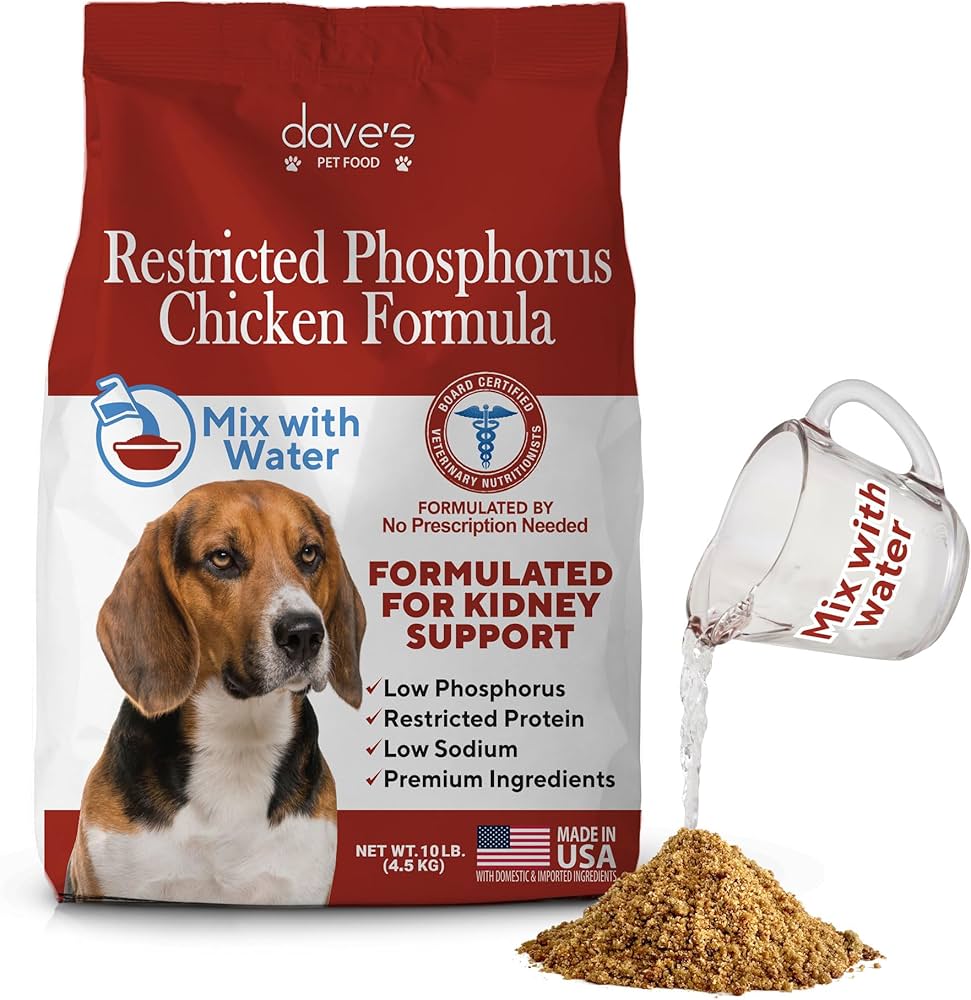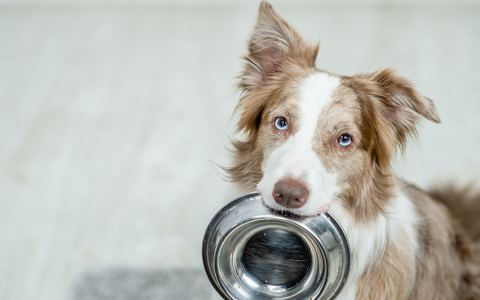Alright, so the topic today is low phosphorus dog foods. This whole thing started a while back, not because I was bored and decided to become a dog food expert, but out of necessity, you know? My old furry mate, let’s call him Buster, started having some kidney troubles. The vet, good guy, very straightforward, basically said, “We need to watch his phosphorus intake.” And I’m like, “Phosphorus? In his kibble? Okay, doc, whatever you say.”
My First Steps into the Phosphorus Maze
Honestly, I didn’t have a clue. I just bought whatever looked decent on the shelf before that. So, my journey began. First stop, the vet’s office for recommendations. They gave me a few names, mostly prescription diets. Seemed simple enough, right? Wrong. Buster, bless his stubborn heart, turned his nose up at the first one. Sniffed it, gave me that look, and walked away. Typical.

So, then I started actually looking at labels. Man, that’s a whole world of its own. You see “low phosphorus” баннеред by some, but then you try to compare it to another brand, and the numbers are all different, or they measure it weirdly. It felt like I needed a science degree just to pick out a bag of dog food.
Digging Deeper and What I Found
I spent a good few evenings on the computer, reading up. Not just on commercial sites, but forums, talking to other dog owners who’d been through similar stuff. It was a real eye-opener. Here’s what I kind of pieced together from my experience:
- “Prescription” isn’t always the only way: While the vet diets are specifically formulated, and often the first go-to, I learned there are some regular commercial foods that are naturally lower in phosphorus. You just have to do the homework to find them.
- Protein source matters: This was a big one. Some meats are higher in phosphorus than others. I started noticing that foods with a lot of bone meal, or certain types of fish or organ meats, tended to be higher. Chicken or turkey breast, for example, seemed generally lower than, say, a food packed with beef and bone.
- Ingredients to watch: I started getting suspicious of anything with too many “meal” products if I couldn’t tell exactly what was in them. And those phosphate additives? Yeah, started avoiding those like the plague if I saw them high up on the list.
- It’s a balancing act: It’s not just about phosphorus. You still need good quality protein, not too much sodium for kidney issues, and all the other vitamins and minerals. It’s not about just finding the lowest phosphorus, but the right balance for your dog’s specific needs.
The Trial and Error Phase
So, armed with my newfound, very amateur knowledge, I started trying different things. I’d buy a small bag, see if Buster would even touch it. Some he liked, some he wouldn’t go near. It was a bit frustrating, not gonna lie. You think you’ve found a good one, checks all the boxes on paper, and then your dog looks at you like you’ve offered him a plate of rocks.
We had a couple of wins and a few definite losses. I learned to introduce new foods really slowly, mixing a tiny bit with his old food (the one the vet initially said was okay-ish but we needed to improve on) and gradually increasing the new stuff. This helped avoid any tummy upsets, which is the last thing you need when they’re already not feeling 100%.
Where We Landed
Eventually, after a lot of label-reading, some more chats with the vet, and Buster’s discerning taste tests, we found a couple of options that worked. One was a specific therapeutic diet that he actually didn’t mind, and another was an over-the-counter brand that was surprisingly good on the phosphorus front and used decent ingredients. We mostly stick to the therapeutic one now because his numbers at the vet check-ups have been much better, and that’s the main thing, isn’t it?
It was a bit of a learning curve, that whole process. You really do become a bit of an investigator for your pet’s health. It’s not just about grabbing the shiniest bag anymore. You learn to look past the marketing and get down to what’s actually in the food. And honestly, I feel a lot better knowing I’m doing the best I can for Buster, even if it means spending a bit more time in the dog food aisle than I ever thought I would.





